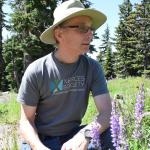We are proud to be part of the reason that the public has become more aware of, and engaged in, pollinator conservation.
Twenty years ago, when you were referred to as the “bee guy” it wasn’t always used positively. A national meeting about pollinator conservation would attract maybe a couple of dozen people. Today, twice that many will pack a community room of a local library on a Saturday morning, keen to learn about what they can do to protect pollinators—and people actually want the bee guy to be in the room with them!
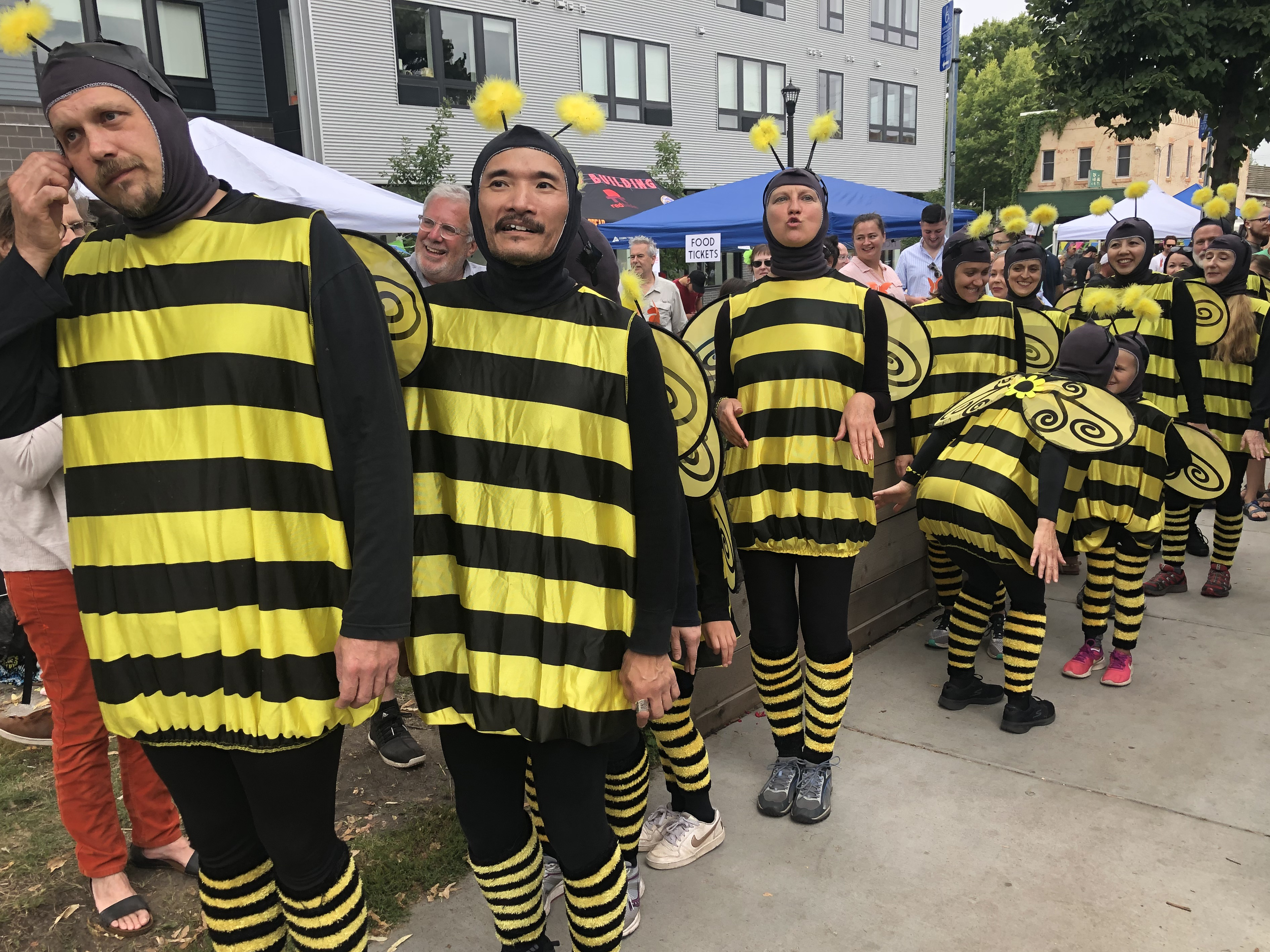
This sea change in awareness of, and support for, pollinators is clearly illustrated by the results of the 2020 Conservation in the West Survey. This survey, undertaken by the State of the Rockies project at Colorado College in Colorado Springs, covered eight states in the Rocky Mountain West: Arizona, Colorado, Idaho, Montana, Nevada, New Mexico, Utah, and Wyoming.
Respondents were asked about a number of topics, but there was one that stood out for us at Xerces: When asked how they rated loss of pollinators such as bees and butterflies, an overwhelming majority, 80% of respondents, said it was somewhat serious or worse. This result was notable for its consistency across the region—76% was the lowest, reported in Nevada and New Mexico—and also in all types of communities: 85% of city dwellers, 81% of suburbanites, 77% of small town residents, and 76% of people in rural areas.
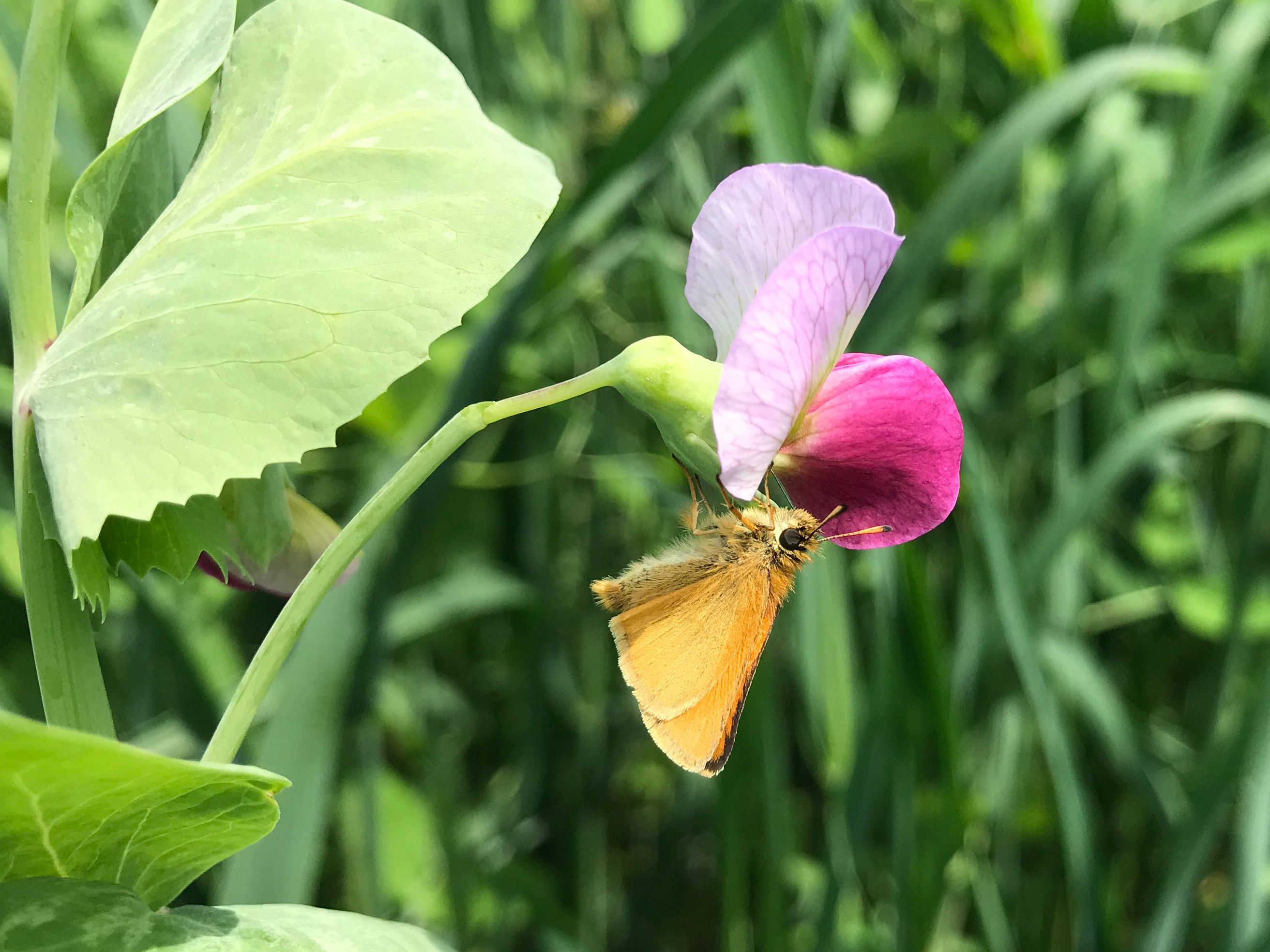
Of course, we can’t say with absolute certainty that this same high level of concern is consistent across all fifty states. But we are proud to be part of the reason that the public has become more aware of the plight of pollinators. For the past several years, our work has been featured in thousands of media articles that each year reach over one billion people worldwide. We also have a strong community of social media users, who consistently ask fantastic questions and contribute to meaningful discussion about pollinators and other invertebrates.
In person and through webinars, Xerces staff lead or speak at scores of workshops and other events each year, reaching tens of thousands of people—and yet there is a continuous demand for more. Our volunteer Xerces Ambassadors have expanded our reach at community events in the Pacific Northwest—and the program is set to expand further this spring.
Furthermore, from our own experience from two decades working at the forefront of pollinator conservation—during which time we’ve built the largest pollinator program in the world—demonstrates that people in every state want to do something to help. Our habitat restoration specialists provide advice to hundreds of farmers, park managers, and others, and we are working to incorporate climate considerations to support pollinators in a changing world. Our pollinator habitat work has resulted in the creation or restoration of over one million acres of habitat—and we consistently field requests from people wanting to make a personal impact on behalf of pollinators.
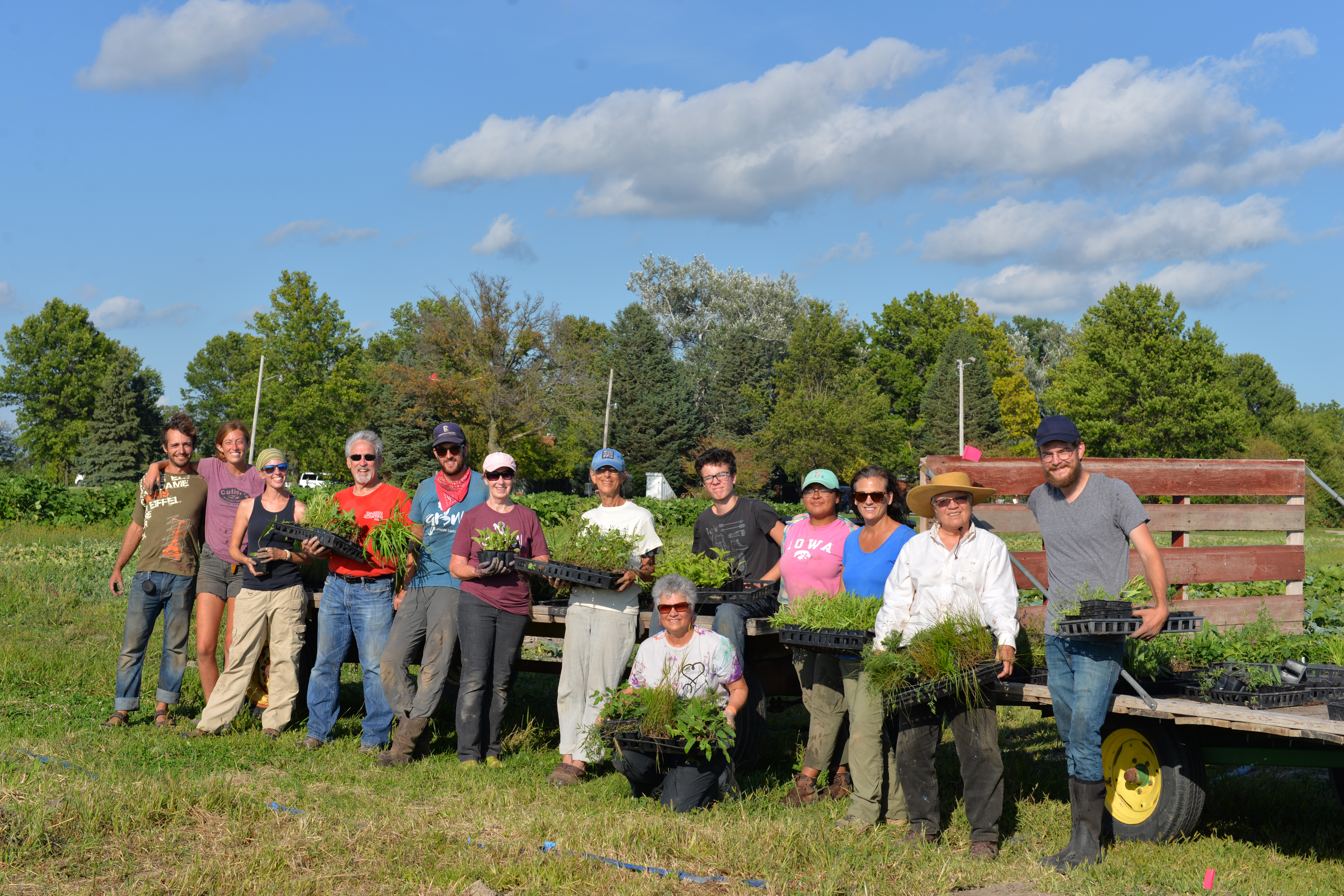
The Bee Better Certified program, which identifies farms and food ingredients that meet a rigorous standard for habitat provision and bee protection, is growing rapidly, with products carrying the seal now in stores nationwide. The fact that growers invest in pollinator conservation is clear evidence that concern about pollinators has resonated throughout our communities. Speaking of communities, whole towns and college campuses have rallied around pollinators by becoming affiliates of Bee City USA and Bee Campus USA. Our pesticide team has also seen an uptick of communities interested in adopting local policies that support pollinator health, including Mansfield, Connecticut—which recently passed a “Pollinator-Friendly Community” resolution, described here.
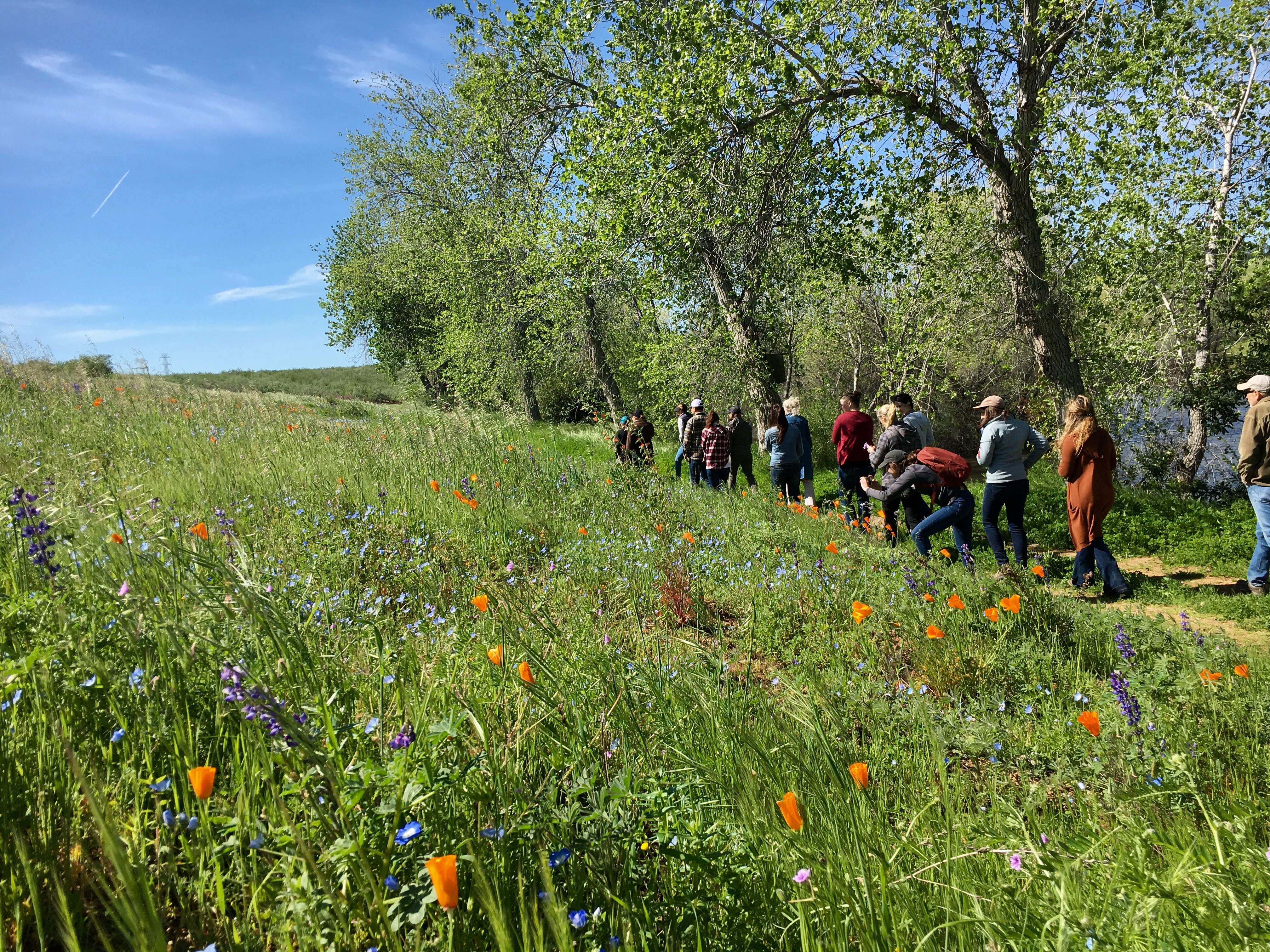
People are also engaging in community science projects. They give up valuable weekend hours to find and report observations of pollinators through Bumble Bee Watch and the Western Monarch Milkweed Mapper, or to count monarchs overwintering in California with the Western Monarch Thanksgiving Count. All of these projects are instrumental in providing data that guides conservation efforts, and we are thrilled to see the enthusiasm of individuals and communities for getting involved.
Despite this groundswell of effort, there is still a lot of work that needs to be done. Many people only picture a single pollinator—the European honey bee—as being in need of help, when there are thousands of species native to North America that deserve attention. In 2017, the rusty patched bumble bee became the first bee in the continental United States to gain federal protection. This listing raised awareness among the general public that there were native bees that didn’t live in hives—but there is more work to be done. For us to make a lasting impact and work toward a day when pollinator conservation isn’t a serious issue, we must shift efforts to encompass the true diversity of bees and other pollinators.
Further Reading
Learn more about our Pollinator Conservation Program.
Check out our Endangered Species Program.
Read about our Pesticide Program.
Sign the Pollinator Protection Pledge, part of our Bring Back the Pollinators Campaign.
You can also find a wealth of information in our Pollinator Conservation Resource Center.

